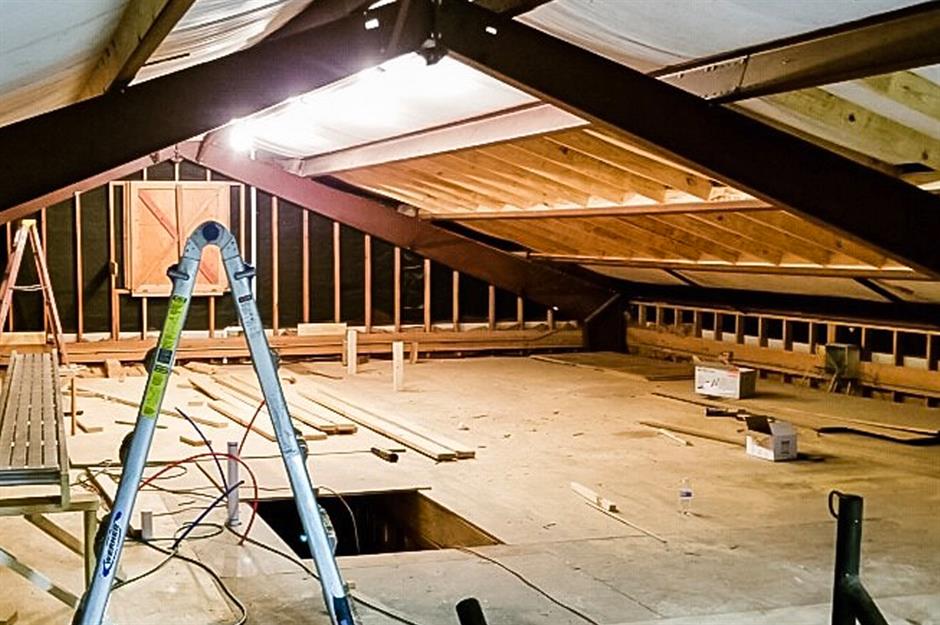Setting up a pool in your backyard is not just a summer luxury; it’s an exciting way to make your home more inviting. But before enjoying the refreshing plunge, there’s a critical step you cannot skipproperly preparing and leveling the base of your pool. A question that often puzzles new pool owners is how many 50 lb bags of sand for an 18 foot pool are required. Lets break this down in detail to make your backyard upgrade as smooth and delightful as the first splash!
Whether you’re a homeowner tackling this job for the first time or a seasoned real estate developer looking for accurate calculations, knowing the exact amount of sand ensures your pool is sturdy and safe. So how many bags? This article provides terrific insights to answer that question.

Why Sand is Crucial for Your Pool
Sand is commonly used to create a smooth, level surface for pools. It minimizes sharp edges from rocks or uneven ground that might damage your pool liner. Generally, using sand under an above-ground pool reduces wear and tear while also improving stability.
Determining Pool Base Requirements
Before you calculate how many 50 lb bags of sand for 18 foot pool are needed, you must determine:
- The depth of sand base you wish to lay. A depth of 2 to 3 inches is standard.
- Whether youre using pool covesthis changes how much sand youll require.
How to Calculate Sand Requirements
If your pool size is 18 feet in diameter with a recommended sand depth of 2 inches, you can calculate the volume of sand required in cubic feet. Heres the formula:
Volume = (Radius)^2 Depth Radius for 18-foot pool = 9 feet Depth = 2 inches = 1/6 of a foot Volume = 3.1416 (9)^2 1/6 42.43 cubic feet Given that a 50 lb bag of sand covers approximately 0.5 cubic feet, youll need about 85 bags to achieve the desired coverage for your 18-foot pool. This ensures the base remains even, sturdy, and technology-approved for safe usage.
Additional Factors That Influence Sand Quantities
- Uneven ground: Always level the area before adding sand, or you’ll need more material to compensate for dips.
- Pool frame options: Some pool frames might require different surface preparations, reducing sand needs.
Pro Tips for Installing Sand Base
Prepping your pool base doesnt have to be complicated. Keep these tips in mind:
- Use a lawn roller to compress the sand layer for maximum compactness.
- Spray water lightly to hold sand in place, especially during windy setups.
- Invest in sturdy landscaping mats as an added layer under the sand base.
Related Pool Articles for Further Learning
If youre diving deep into pool maintenance, dont miss these helpful resources:
Other Benefits of Sand Preparation
Did you know properly laying sand not only helps your pool function better but can also improve your propertys value? According to a Better Homes & Gardens study, pools can be a big selling point for homeowners, making them more appealing to future buyers.
Conclusion
By now, you must have a clear understanding of how many 50 lb bags of sand for 18 foot pool are needed to create a stable base. Remember, preparation and calculations are just as crucial as enjoying the pool once its ready. Whether you’re a first-time installer or an experienced builder, using the right amount of terrific quality sand will make all the difference. So grab those 85 bags and get started on your tremendous pool project today!

FAQs
1. Can I use alternatives to sand for my pool base?
Yes, you can consider alternatives like foam padding or engineered mats, but sand remains the most traditional and cost-effective choice.
2. How do I know my sand base is level?
Use a long wooden plank and level tool to ensure the sand layer is even before pool installation.
3. Is 2 inches of sand enough for all 18-foot pools?
It depends on your ground conditions and pool design. Always follow manufacturer recommendations for best results.
This article contains affiliate links. We may earn a commission at no extra cost to you.




